Following the main road or a path from Drepano, the visitor will arrive in a quaint fishing village, the most protected harbor of Argolida, known as Vivari.
he Vivari is a charming seaside village with unique charm, the crystal clear beach attracts visitors. The bay of Vivari is a large natural harbor, protected from the wind and is famous for its overnight anchorage of giot or other vessels. Between Drepano and Vivari extends the famous lagoon, an ecosystem for the reproduction of fish. Residents of Vivari deal with tourism, fishing, agriculture and commerce citrus and vegetables. At the centre of the village there is the Church of the Prophet Elijah celebrated on July 19-20.The traditional feast with local meats, drinks and dancing held until the early hours of the morning. Churches such as Virgin White (the view from the Virgin and to the Lagoon and St. Nicholas is amazing-worth a visit), the Pigi (Marathia) and Agios Nikolaos (Beach envelope) are also noteworthy. The nearby beaches of Plaka, Condili, Vivari can cool everyone during the summer months.
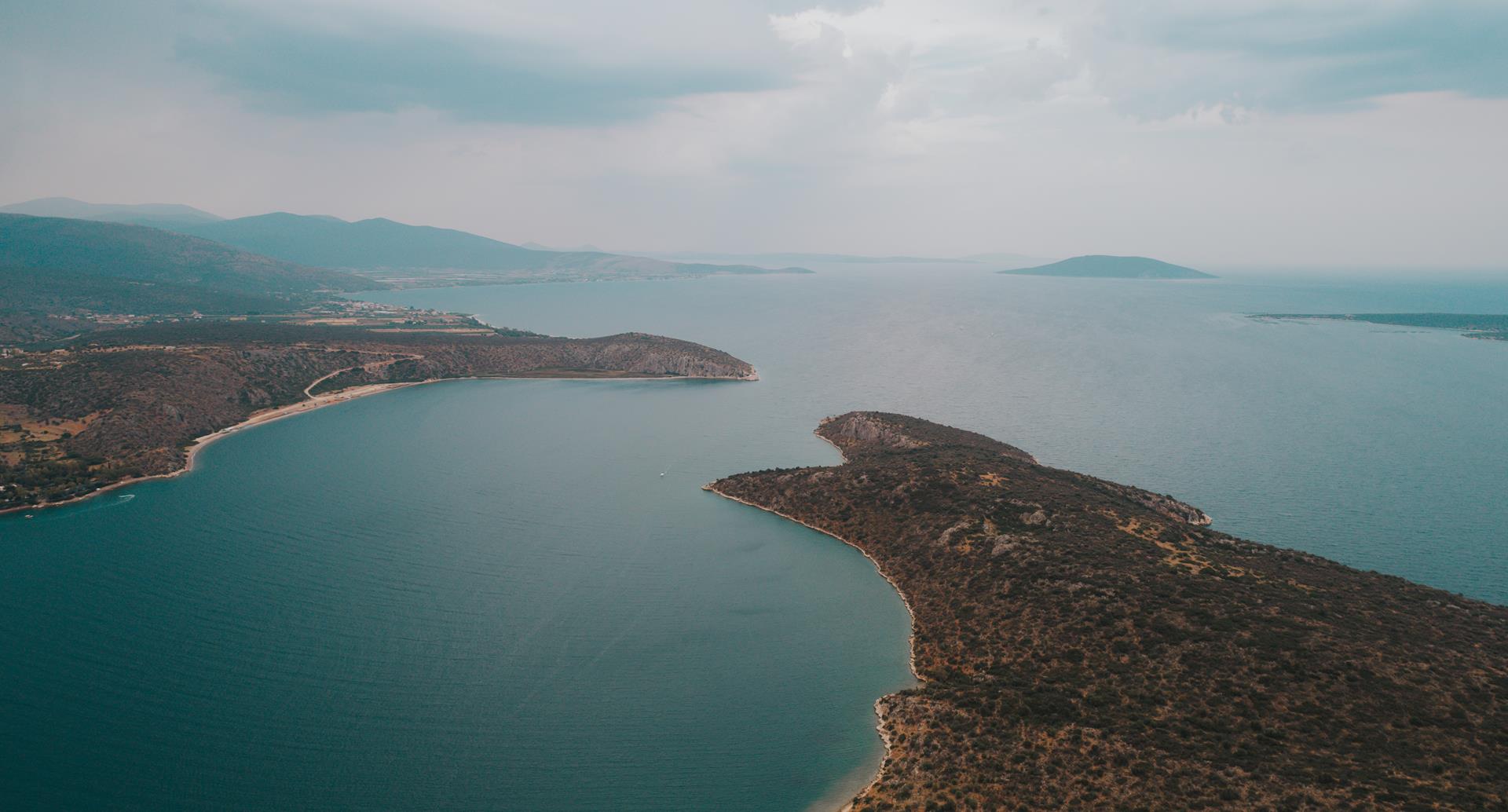
Kondyli
The locals will suggest you swim in Agios Nikolaos. On the signs that you will meet Kondyli is written. The beach with the dual name is one of the best beaches in the region. As you drive along the coastal road in Vivari you will see the beach in front of you on the right side. A large, long sandy beach surrounded by sea plants and rocks and having in the middle of the Gulf a tiny isolated island. Perhaps one of the most beautiful beaches in the whole region of Peloponnese, Kondyli stays calm most of the time with its crystal clear waters to welcome people of every age to enjoy summer time.
Having the Blue Flag for years consider being a beach clean and safe for swimming, water sports and having fun for as long as the guests wish. Two canteens to the back will offer you all the necessary supplies in case you feel thirsty or hungry in the middle of the day and a club for some water sports remains open till late in the afternoon for those who like to try something new and fun.
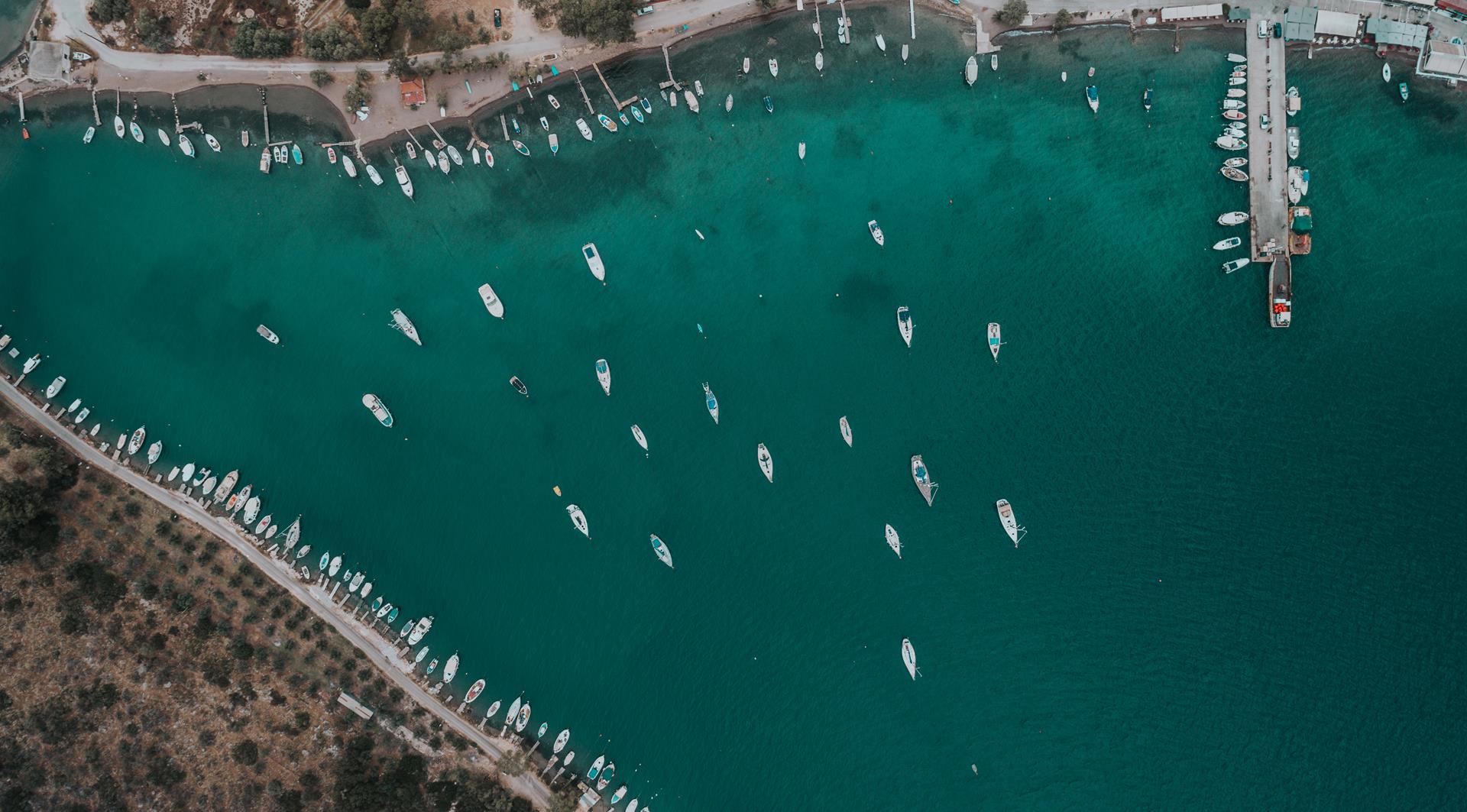
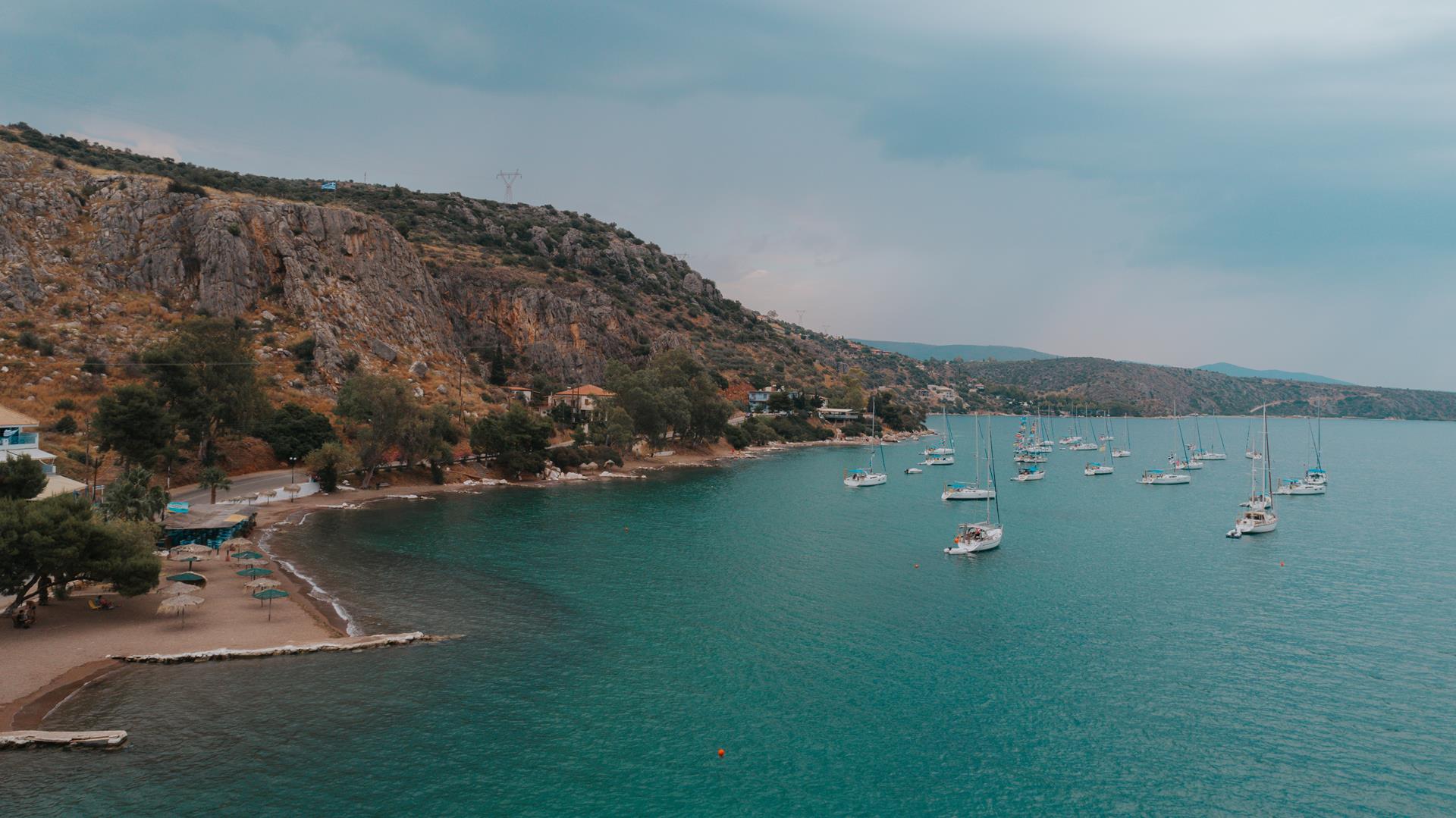
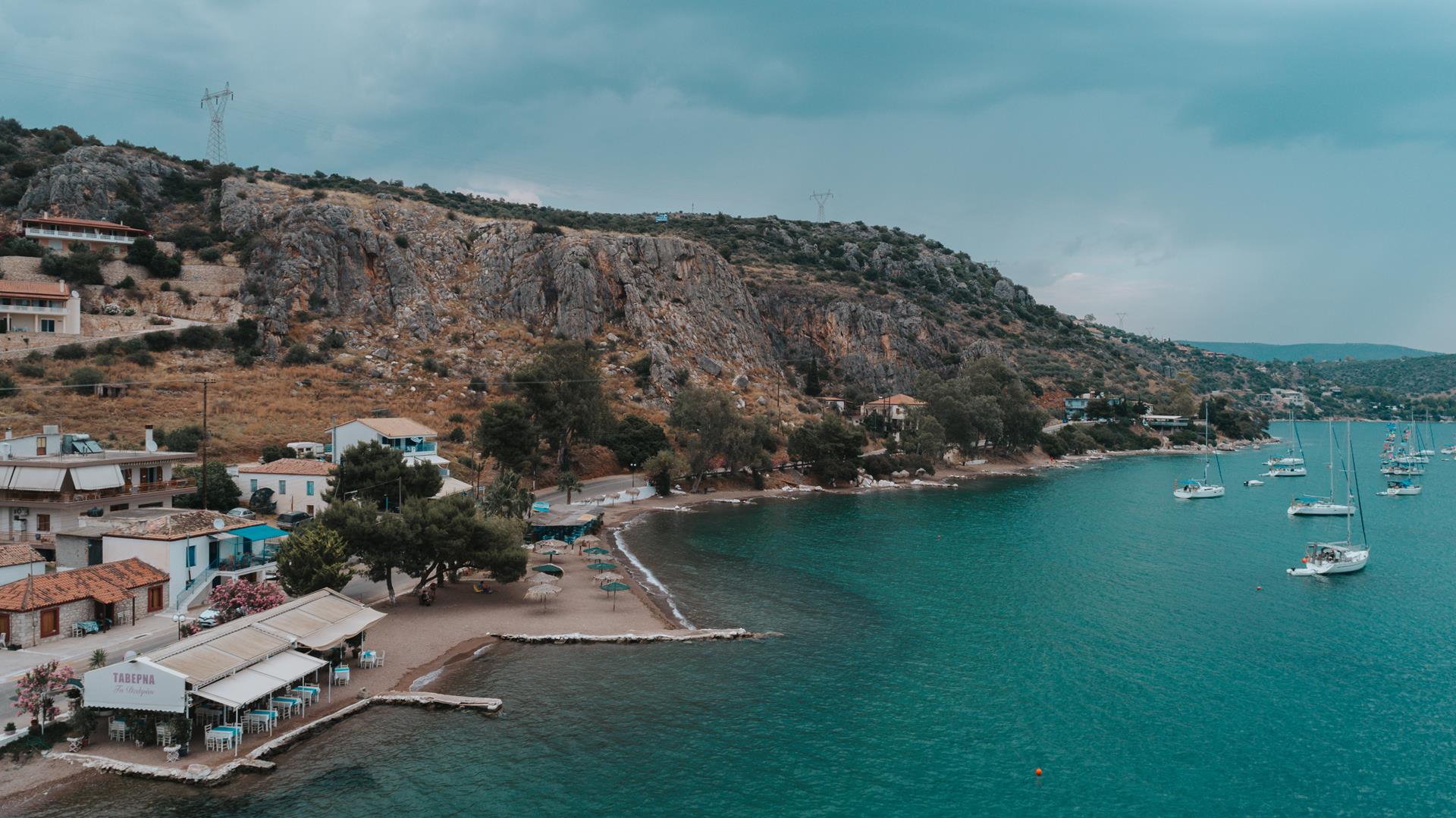
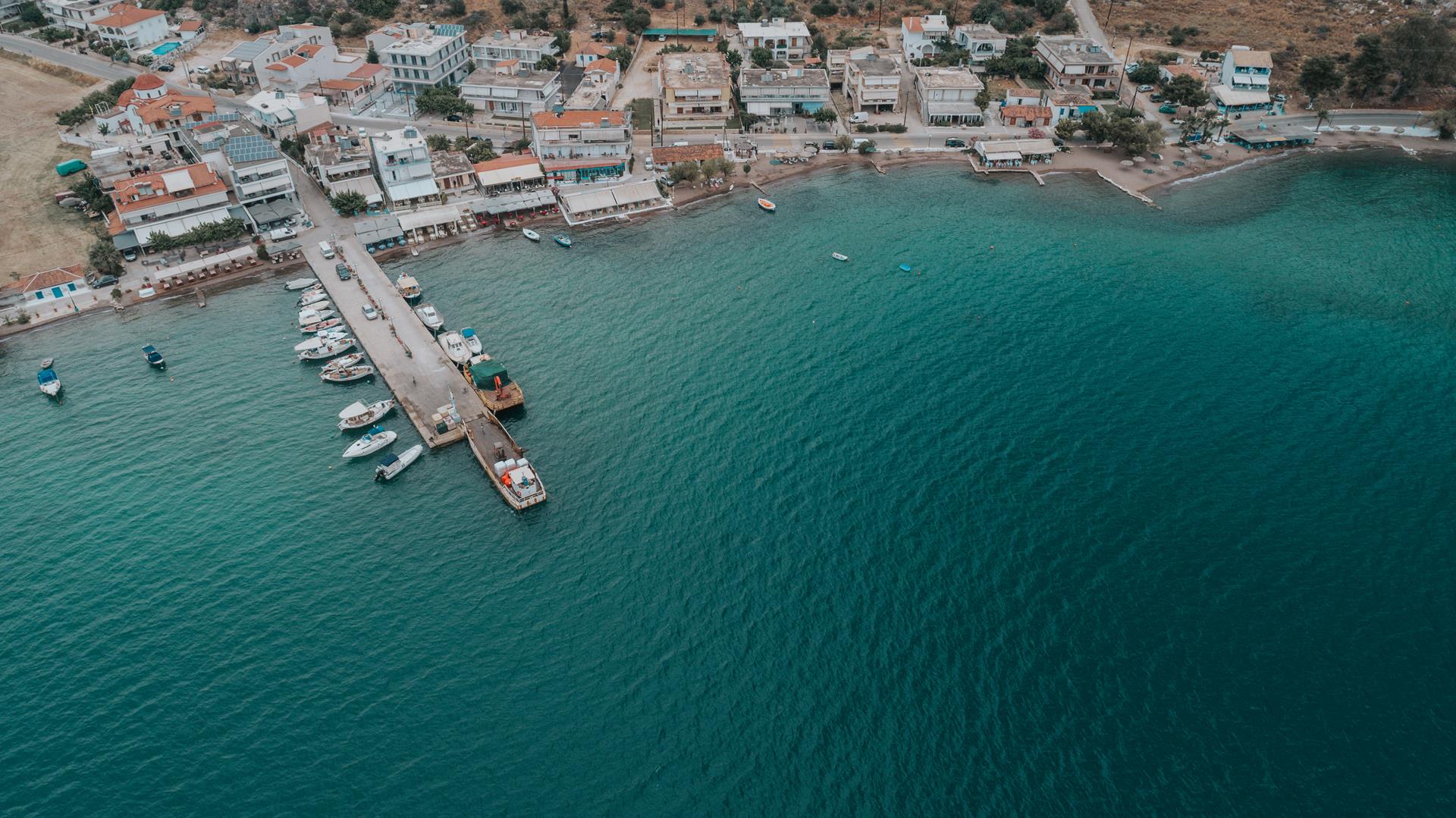
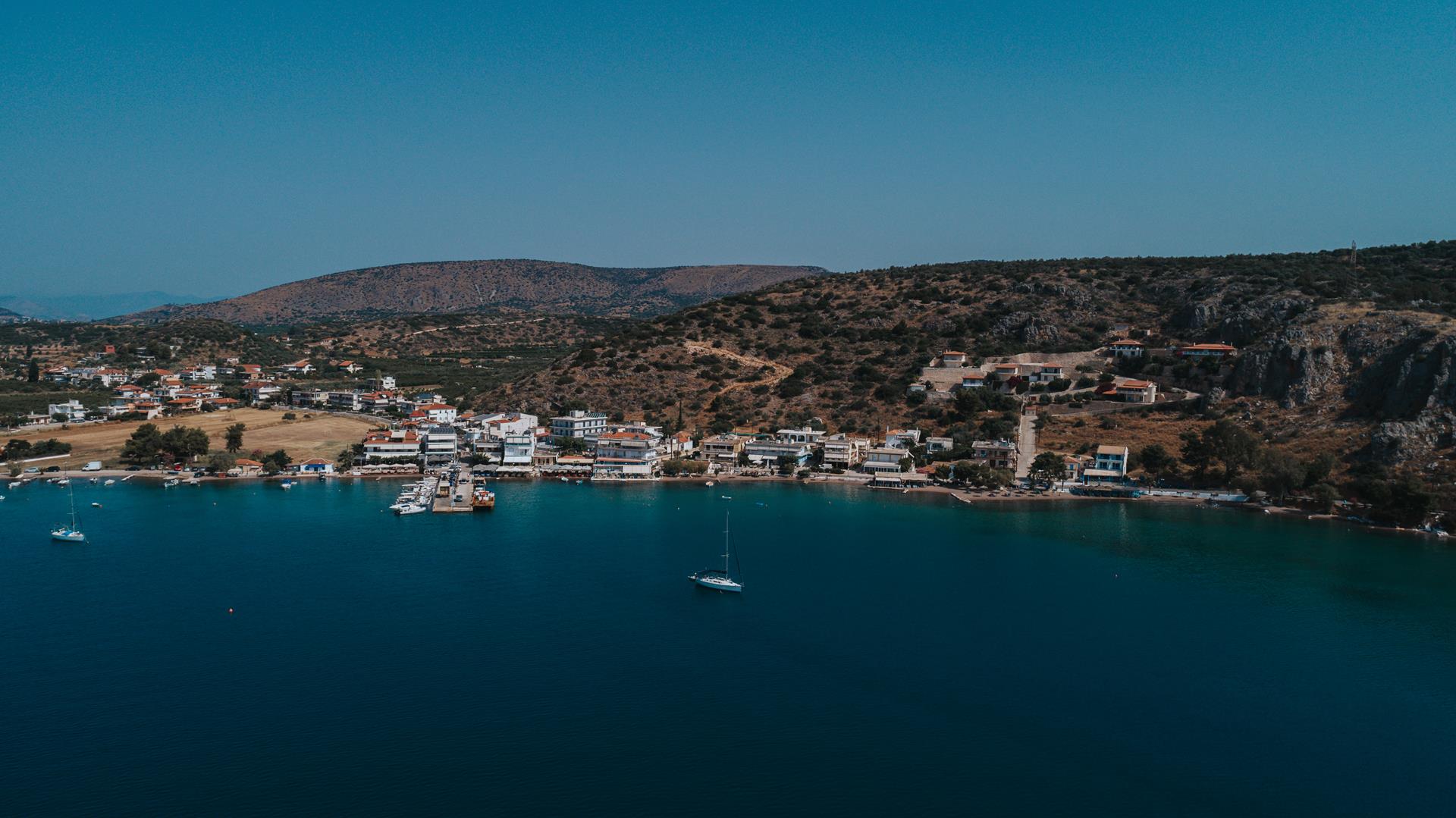
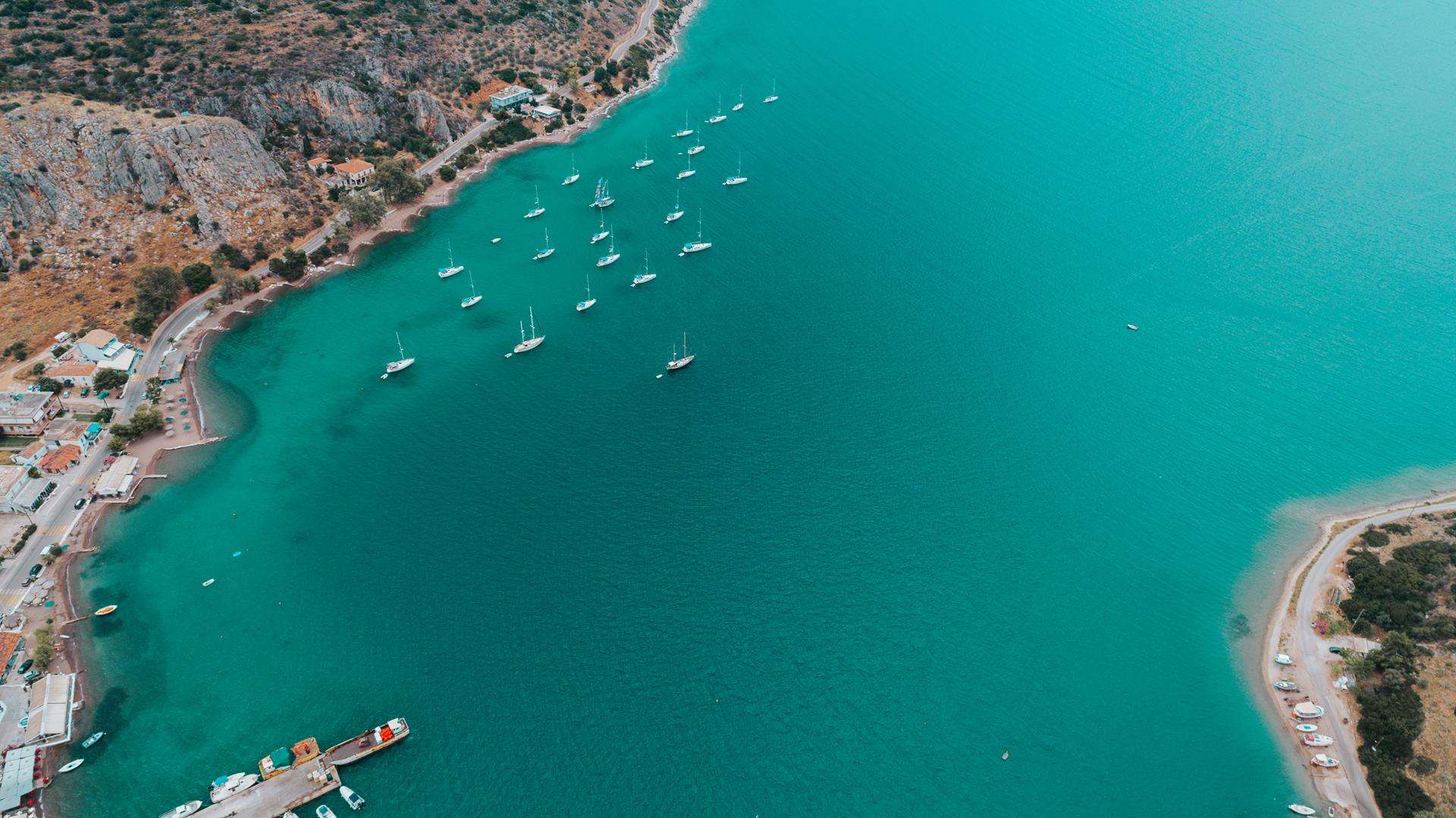
Palamidi Castle is located on the hill Palamidi of Nafplion at a height of 216 meters at a strategic point for the control of the Argolic Gulf.
It is the best preserved castle and is considered one of the most beautiful in Greece, being an achievement of fortification architecture.
The name Palamidi is due to the Homeric hero “Palamidis” who took part in the Trojan war but did not return after he was assassinated after the Odysseus’ tribe for betrayal.
Bourtzi the castle of the sea is located on the island of Agioi Theodoroi in the middle of the port of Nafplion, about 400 meters from the pier.
The name that is prevalent is “Bourtzi”, comes from the Turkish-Arabic language and means “island-fortress” where it is the trademark along with the castle of Palamidi for Nafplio. The oldest name of the Venetians was “Castello dello soglio” and Porto di cadena, a harbor of the chain, because every evening, five siblings from Acronafplia (known as Ich Kale at that time) Bourtzi chain and closed the harbor for security, while the Turks later embraced it with the “pepper”, an underwater barrage of stones so that it could not be reached by large ships.
Acronafplia is the peninsula where the southern and western parts of the island are steeply into the sea and the old Nafplion is built on it, the name Acronafplia and it was from the ancient times the Acropolis of Nafplion.
It is located opposite the Bourtzi castle, under the castle of Palamidi and to the right of Nafplion at the entrance of the Argolic Gulf with access from the north of the Arvanitian archeological archeological site or the Tower of the Toron castle.
Mycenae (Μυκήνες) is one of the most important archaeological sites of Greece. The fortified citadel is nested over the fertile plain of Argolis near the seashore in the northeast Peloponnese.
Mycenae is the largest and most important center of the civilization that was named “Mycenaean” after this very citadel. Mycenaean is the culture that dominated mainland Greece, the Aegean islands, and the shores of Asia Minor during the late Bronze Age era (circa 1600-1100 BCE). The Mycenaean Era occupies the tail end of the Helladic Civilization, which flourished in mainland Greece since 3000 BCE.
The ancient theatre of Epidaurus is one of the most important monuments of ancient Greece and a world-class attraction, combining perfect acoustics, elegance and symmetrical proportions. It was built around 340-333 BC so that the patients of the Asclepion could enjoy theatrical performances as part of their therapy and was in use in the 3rd century AD. Imagine it how it once was, when musicians, singers and actors performed here every four years in the spring, honouring Asclepius, the god of medicine.
The ‘mother’ of medicine
This lush green landscape, with its numerous thermal springs, was the perfect location in which to build the Asclepion of Epidaurus – the headquarters of antiquity’s god-physician and one of the most important healing centres of the ancient Greek and Roman world. Its fame travelled beyond the borders of the Argolid and its monuments have become renowned masterpieces of ancient Greek art.


